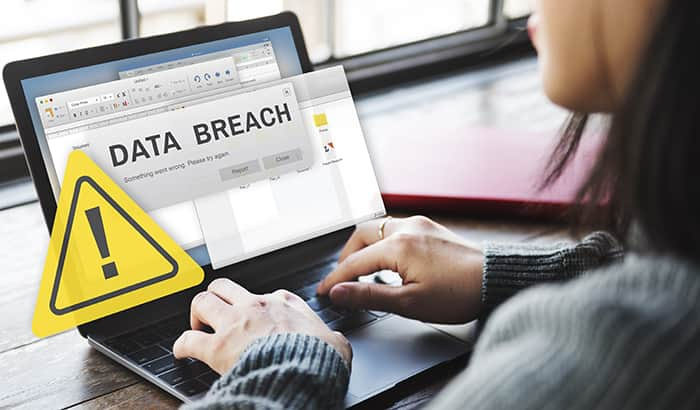The Risks of Data Leaks and How to Mitigate Them

Today’s businesses have a higher level of concern over data leakage. Whether due to malicious attacks or accidental breaches, scammers can steal sensitive information through unauthorized access or leaks within an organization. Thanks to new technologies like cloud computing, the risks of data leaks are becoming even more prevalent.
There are several ways to mitigate the risks associated with data leakage. These include:
Implementing strict security policies and controls:
Organizations should have active security measures to protect their data. This includes access control measures such as user authentication and authorization and physical security measures to restrict access to data storage areas. Implementation should be thorough and applied with oversight to ensure a proper rollout.
Encrypting sensitive data:
Data should be encrypted at rest and in transit, using industry-standard methods such as AES 256-bit encryption. This makes it much more difficult for unauthorized individuals to access and use the data, even if they can compromise its stored systems. Data leakage can occur through many different techniques, so it’s always better to be safe than sorry.
Regularly backing up data:
Backing up data regularly helps to ensure that there is always a copy available in the event of a loss or theft. Backups should be stored in a secure location, such as an off-site data center, to further protect them from unauthorized access.
Monitoring for data leaks:
Organizations should monitor for signs of data leakage, such as unusual activity on corporate networks or unauthorized access to sensitive data. They should also keep track of any data breaches or leaks that occur and take steps to prevent further incidents in the future.
Educating employees on data security best practices:
Employees should be trained on how to handle sensitive data properly and what to do in the event of a data breach. This will help minimize the risk of accidental leaks and malicious attacks from within the organization. Hiring an outside organization to help mitigate training is always helpful.
Auditing and testing data security controls:
Organizations should regularly audit and test their data security controls to ensure that they work as intended and identify any weaknesses or gaps in protection. This can be done through regular penetration testing, vulnerability scanning, and other methods.
Working with a reputable data security partner:
Organizations can also work with a reputable data security partner to help them implement effective data security measures and prevent data leaks. This can include consulting and advisory services and the use of specialized tools and technologies for data protection.
Be prepared for a data leak:
Data leaks can still occur despite best efforts. Organizations should have a plan for responding to a data leak, including steps for containing the leak, notifying affected individuals, and investigating the cause. Having a proper plan in place will ensure a quicker bounce back once the leak is plugged.
Protecting against insider threats:
Insider threats are a significant concern for data leakage. Organizations should have policies and controls in place to prevent unauthorized access to sensitive data and regular monitoring for signs of suspicious activity.
Implementing data loss prevention (DLP) solutions:
DLP solutions can help organizations identify, monitor, and prevent the unauthorized disclosure of sensitive data. This includes monitoring data leaks, blocking attempts to send sensitive data outside the organization, and encrypting data at rest and in transit.
How can home security systems also help mitigate the risks of data leaks?
Home security systems offer many benefits in the fight against data leaks, including advanced protection measures such as network monitoring and intrusion detection. These systems can help detect unauthorized access or suspicious activity on home networks, sending alerts to homeowners to take action quickly.
In the event of a data leak, home security systems can help to identify the source and scope of the problem, allowing for a faster and more effective response. Additionally, home security cameras can provide an extra layer of protection by recording activity around the home, deterring potential thieves, and catching them if a break-in occurs. As such, they are a crucial part of any organization’s data security strategy.
While no security measure is 100% effective, organizations can significantly reduce the risk of data leakage and its associated consequences by implementing the above measures. Whether you’re looking to protect your own home or business from data leaks, investing in a home security system is a wise choice that can help keep your information safe.
Data leaks can have severe consequences for both individuals and organizations. By taking steps to prevent and mitigate data leaks, you can help protect your information and avoid the adverse effects of a data leak.



